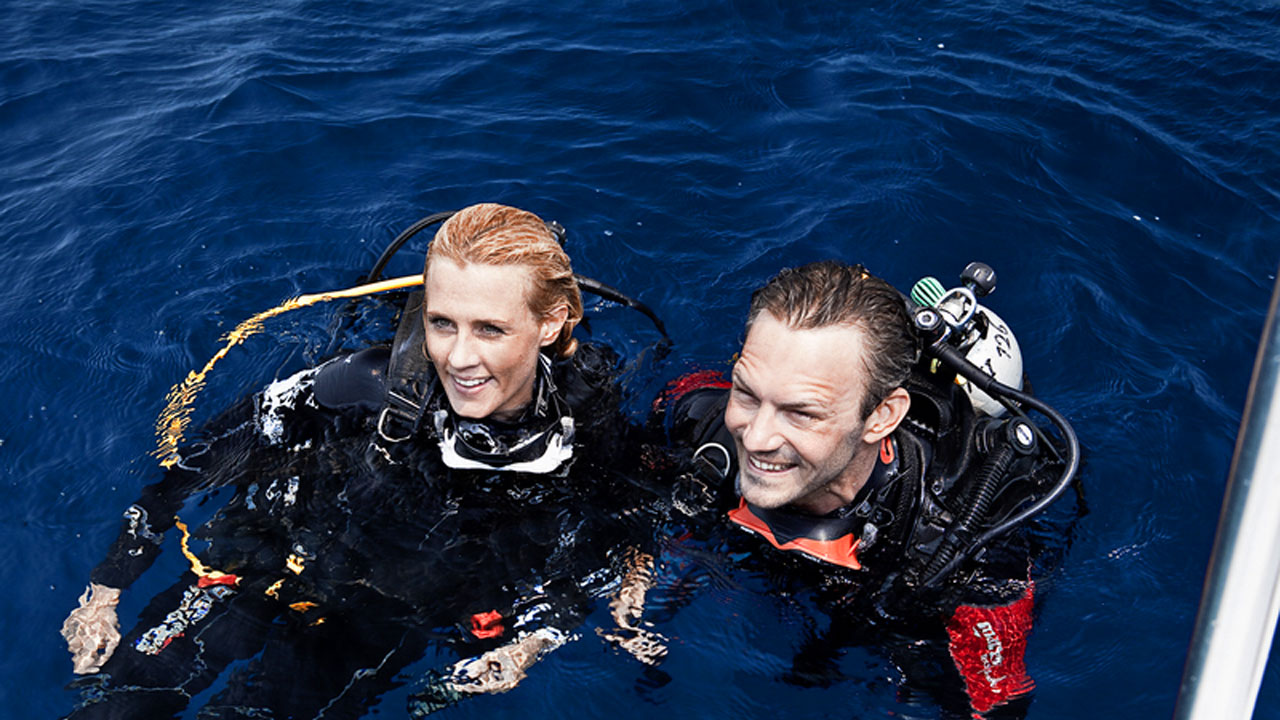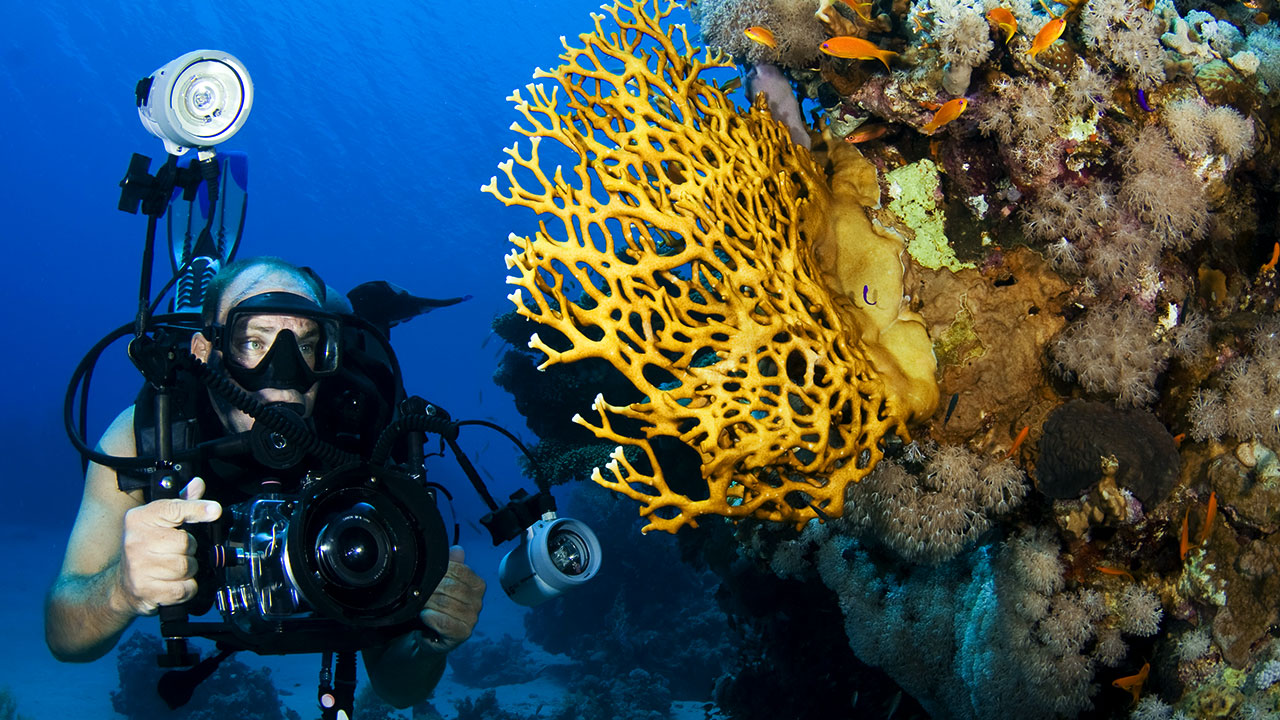Cold Water Diving: Kit and Skill Considerations

For many divers scuba is an activity associated with warm waters and exotic destinations. They dive during the summer or on a tropical vacation, but when the winter hits they mothball their equipment and wait for the warmer weather. However, it doesn’t have to be this way. If you are one of those divers, who happen to live where the water gets colder this time of the year, you can take full advantage of the “off season” by giving cold water diving a try. Here are a few things you should know before taking a plunge into those chilly waters.
Why Go Cold Water Diving
Some people think that cold water diving is boring since the lower temperatures don’t play host to the bright and colorful marine life of the tropics. But this is not entirely true. The variety of marine life in cold water may surprise you - from hooded nudibranchs and giant Pacific octopuses of British Columbia or the magnificent kelp forests and playful pinnipeds of California to the leafy sea dragons of South Australia or the leopard seals and penguins of Antarctica. What’s more, there are many great shipwrecks and natural wonders hidden in the icy waters. For instance, you can explore the magical tectonic crack of Iceland or dive the well-preserved wrecks in the Great Lakes, Canada’s Nova Scotia or United Kingdom’s Scapa Flow.
Beyond that, cold water diving is a great opportunity to extend your dive season by a few months and acquire some useful new skills.
Prepare for the Challenge
When planning a cold water dive, you need to remember, that it’s nothing like summer diving. Even if you dive a familiar location, cold water still adds to the total task load. For example, even such simple tasks as tucking your mask skirt can be difficult to perform while wearing gloves. What’s more, if you need to dive with a dry suit, and you’ve never used to before, you will have to take a Dry Suit Diver course to learn how to manage it.
Another aspect to keep in mind is your air consumption rate. Due to some level of anxiety, your breathing rate may increase in the cold water, so it’s good to be aware of this and plan accordingly.
Also consider practicing handling a free-flowing regulator, sharing air with the buddy, as well as mask clearing and removal in cold water.
Finally, if it gets cold enough where you live for water to freeze, you’ll need to take a special Ice Diving course too. Because diving under ice means dealing with an overhead environment, it does require training and special skills.
Gear Up Accordingly
In terms of equipment, diving in lower temperatures is also different from warm water diving. Doubtlessly, you will need adequate exposure protection. It can be either a warmer wetsuit with boots, gloves, and a hood or even a drysuit. The thicker more buoyant wetsuit will require you to wear more weight, while thicker boots can also mean you’ll need a larger fin.
Your regulator too has to be cold water safe. Even though, most modern quality regulators are approved for use in cold water, it’s still recommended that you check yours before making the plunge, since the non-cold water regulator may freeze and start free flowing.
Take your Time to Acclimate
Transitioning to cold water diving may be challenging, but it is totally manageable if you go slow. Consider starting early in the season to gradually acclimate to the colder water and the new kit.
When entering the water, let your system adjust to the temperature bit by bit. Shore dives are great for this and allow your breathing rate to stabilize prior to descending. If you are diving from the boat it is recommended that you go down the ladder, instead of giant-striding off the platform. Go slow and make sure you are comfortable at each step. Try floating on the surface with your face in the water, if you feel like you need more time to adjust or control your breathing. Then incrementally increase your depth.
Manage the Cold
Normally, when you dive in cold water the air temperature around the dive site is also low. Therefore, besides wearing warm layers during the dive, there are a few things you can do to manage the cold on the surface.
First and foremost, try to maintain as much warmth as possible before going into the frigid water. Make sure you have good warm clothes, ski hat and gloves before, in-between and after a cold-water dive. Warm drinks such as sweetened tea or hot chocolate will also help you to warm up and get some sugar into your system.
It is true, that cold water diving is not quite as easy as diving in warm waters. It requires some training and getting used to, however, if done properly, cold water diving is an incredibly rewarding and enjoyable activity.




